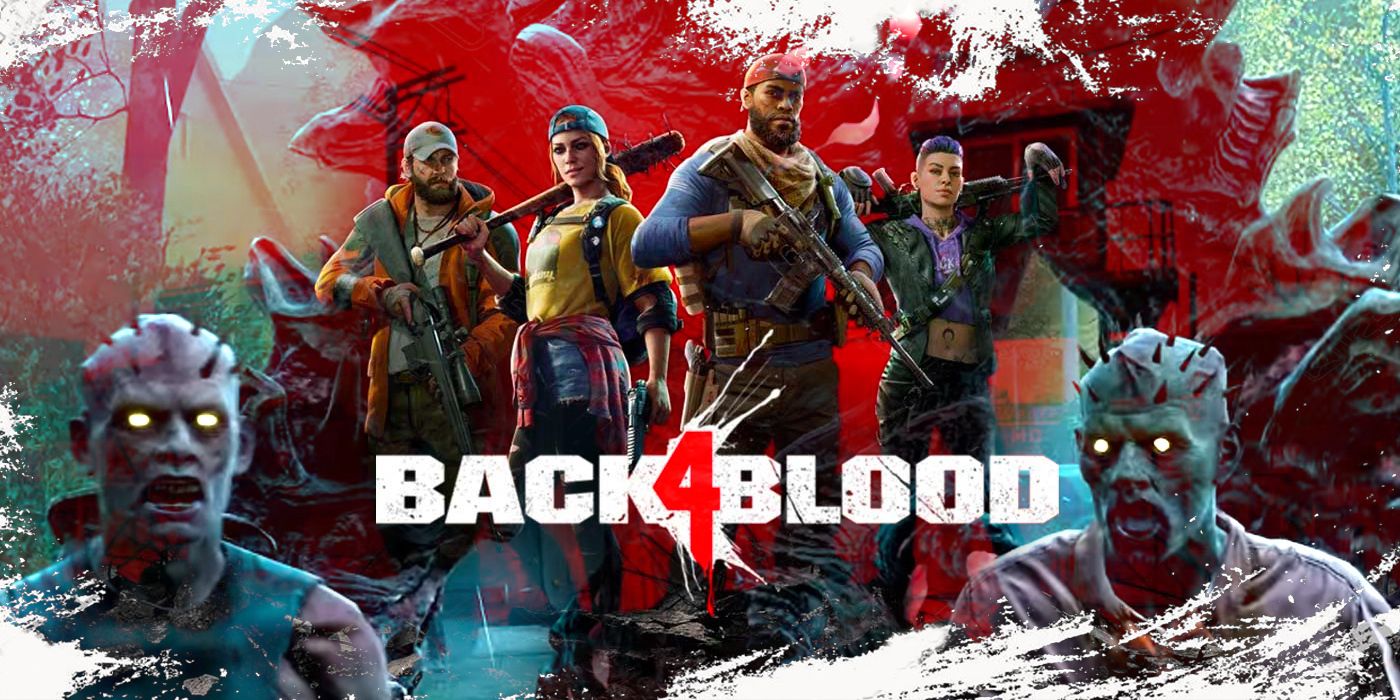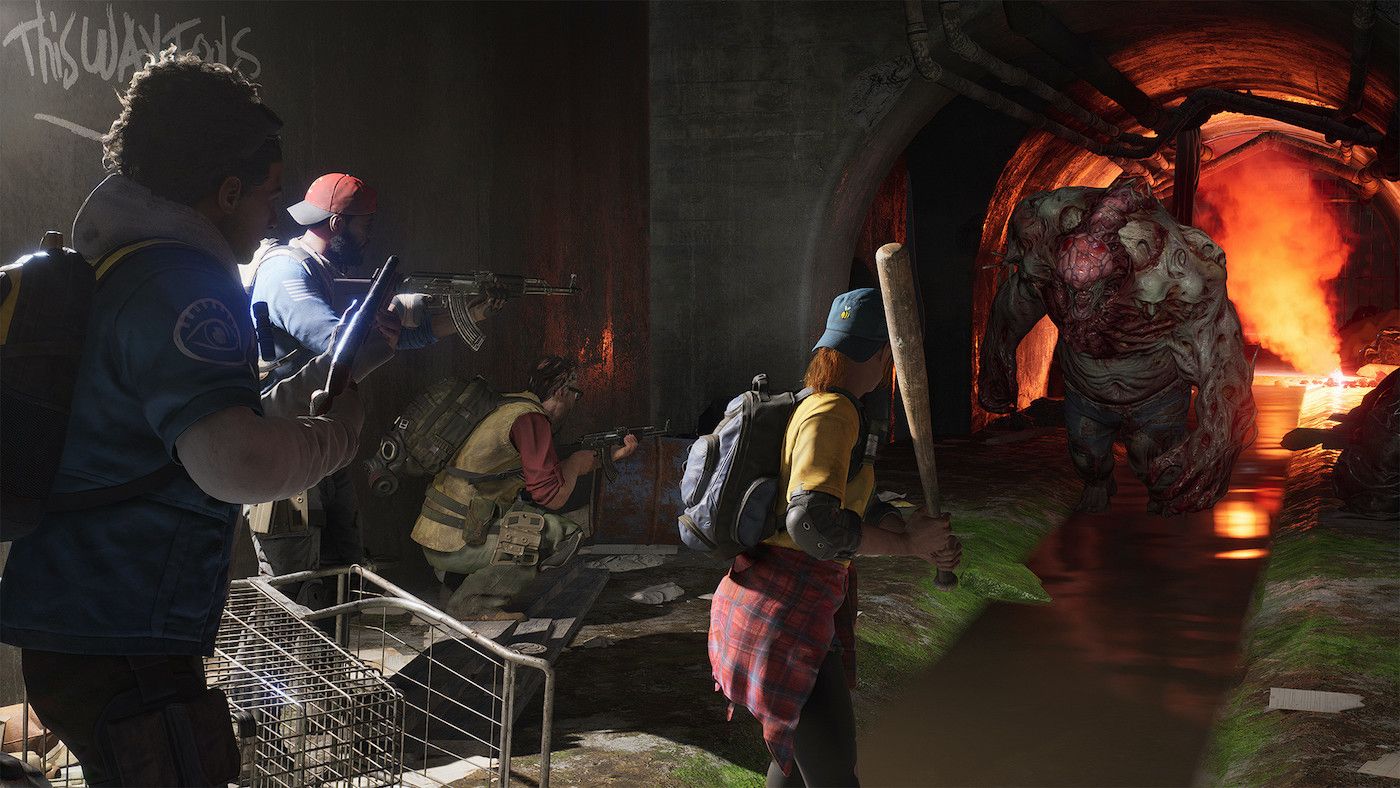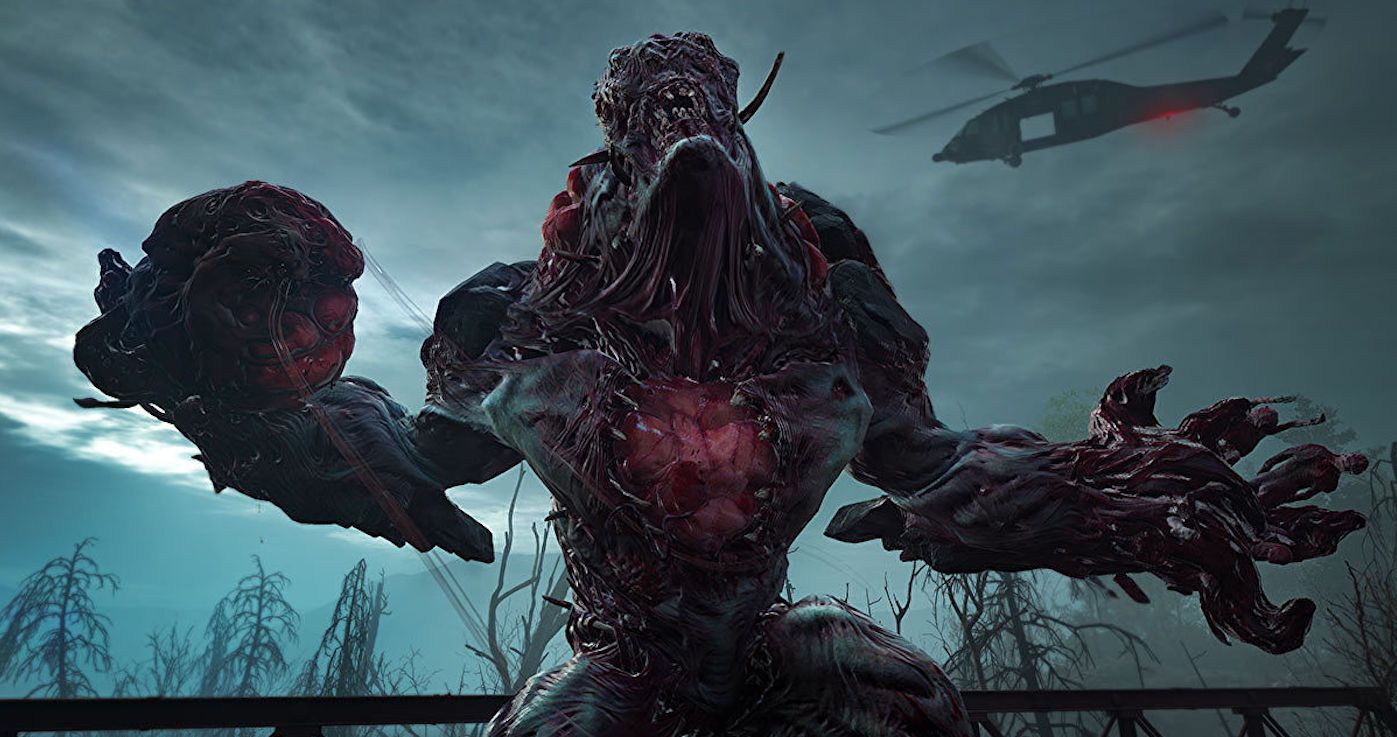Back 4 Blood is the latest release from developer Turtle Rock Studios, the folks behind the legendary Left 4 Dead and its sequel, as well as Evolve, the asymmetrical monster-hunting multiplayer game that never found an audience and whose servers were shut down in 2018. Since the release of the original Left 4 Dead in 2008, there have been a number of games co-opting its co-op gameplay while adding their own unique twists to the blueprint, including Call of Duty: Zombies, Payday, Warhammer: Vermintide 2 and World War Z. And while Back 4 Blood is in many ways, a direct descendant of Left 4 Dead, it takes some of the innovations and refinements from these and other games and genres to create an engaging new experience that may just outshine its predecessor. Let’s examine how.
Back 2 Basics
First, let’s get the similarities out of the way, of which there are more than a few. Back 4 Blood is a first-person, 4-player cooperative multiplayer game with a structure that exactly mirrors Left 4 Dead. Across a lengthy campaign mode made up of 4 Acts, players must choose an avatar (called a “cleaner”) and traverse a series of levels, fighting and surviving waves of zombies (called “Ridden” here) and special zombies who have larger health pools and various special abilities, with the occasional environmental objective thrown in for good measure. These levels are interconnected by safe rooms where players can rest and gear up before venturing out again. Players wield a variety of guns and melee weapons in their fight against the undead, with primary and secondary slots.
Moment to moment gameplay is controlled behind the scenes by a “Game Director” that acts in a similar fashion to Left 4 Dead’s “AI Director”. The Game Director mixes things up by randomizing item and enemy placement every run, meaning what may have been an empty building on one run is filled with undead on the next, or that first aid kit that saved your life may not be there the next time. So far, Back 4 Blood just seems like more Left 4 Dead. But it is in the new gameplay elements where Back 4 Blood distinguishes itself from Left 4 Dead in a few important ways.
Get Some Class
Likely inspired by games like World War Z and Warhammer: Vermintide 2 that feature character classes, and the perks system from Call of Duty: Zombies, Back 4 Blood’s cast of playable characters (now a roster of eight instead of Left 4 Dead’s four) each boast unique abilities. While not character classes per se, they are clearly designed to help round out a team with various roles - damage dealer, healer, melee specialist, supply support and more. This allows players to choose a character that fits their play style, providing diversity and replayability as different roles can be experimented with. Having a well-rounded team is the key to victory in Back 4 Blood, more so than it ever was in Left 4 Dead.
Play Your Cards Right
The next new gameplay element is a card deck building system, taken from the “roguelike” genre, popularized by games like Hades and Slay the Spire. Throughout the campaign, players can permanently acquire cards that provide different buffs and perks, like increased bullet penetration or mobility. Using their acquired cards, players can build custom 15-card decks they can bring to each run to support the kind of build they’d like to play as. For example, players who want to focus on melee can build a deck of Brawn-only cards that will significantly enhance their speed and damage. At the start of each level players can draw five of these cards and then pick one card to begin with. As the game progresses, players can continue to draw from their pre-established deck, building the strength of their character in line with the increasing difficulty of the game.
Of course, there’s a catch: The Game Director who controls the game behind the scenes also draws a “Corruption” card at the start of every level. These cards can serve to make things more difficult, like increasing the spawn rates of special Ridden, or can stipulate certain goals the players have to meet in order to acquire increased rewards. The most dramatic of these cards can completely change the look and feel of any given level, such as the card that envelopes the entire level in a pea-soup fog, heightening the sense of danger to a nail-biting degree. This makes the new card system a literal game-changer in terms of customization and replayability.
Fight Fire With Fire
While Left 4 Dead’s gunplay remains excellent, Back 4 Blood brings thing to an entirely different level with its arsenal of assault rifles, pistols, shotguns, sniper rifles, SMGs, LMGs and a wide range of melee weapons. In a clear nod to the Call of Duty: Zombies series, the key differentiator here is the ability to affix attachments to weapons, including optics, stocks, magazines and barrel modifications. These attachments, which can be purchased or found affixed to random weapons in any given level, not only increase the cool factor considerably, but also increase the stats of the weapons such as range, capacity, reload speed and more. The weapons also seem to have been given a boost in overall feel and sound design, as they're all incredibly satisfying to wield, from the starter pistol to the LMG. Tearing through the undead hordes has never been this visceral.
Combining a characters unique ability with perks from their custom card deck and these customizable weapons significantly increase the variety of gameplay options available to Back 4 Blood players vs. the more limited choices present in the original Left 4 Dead and its sequel. Back 4 Blood also adds a new level of mobility with the ability to sprint and climb obstacles, something notably absent from Left 4 Dead, especially if played today. These modern touches not only elevate Back 4 Blood above its predecessors, but re-establish Turtle Rock Studios as the developers to beat when it comes to 4-player co-op shooters.



